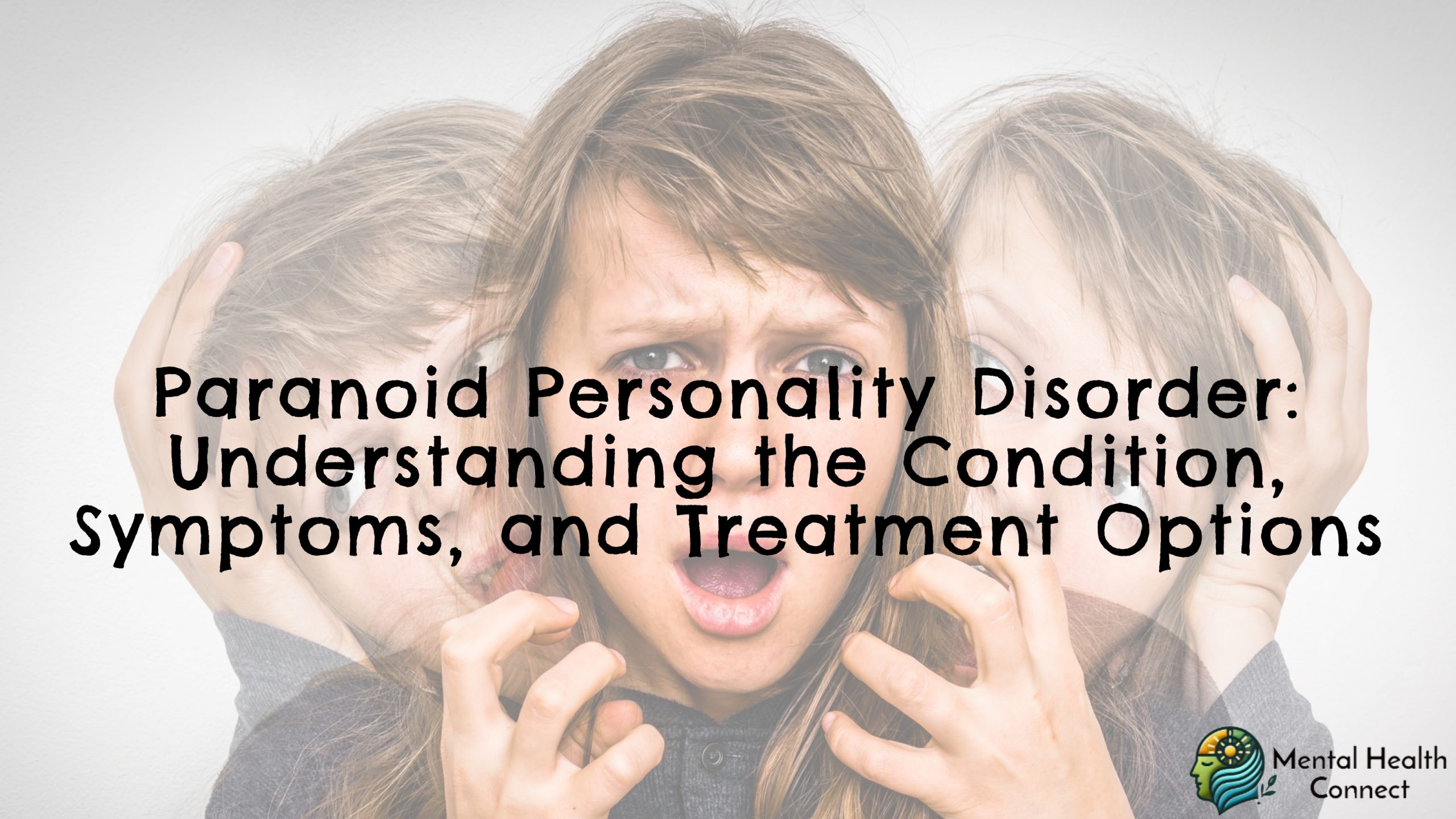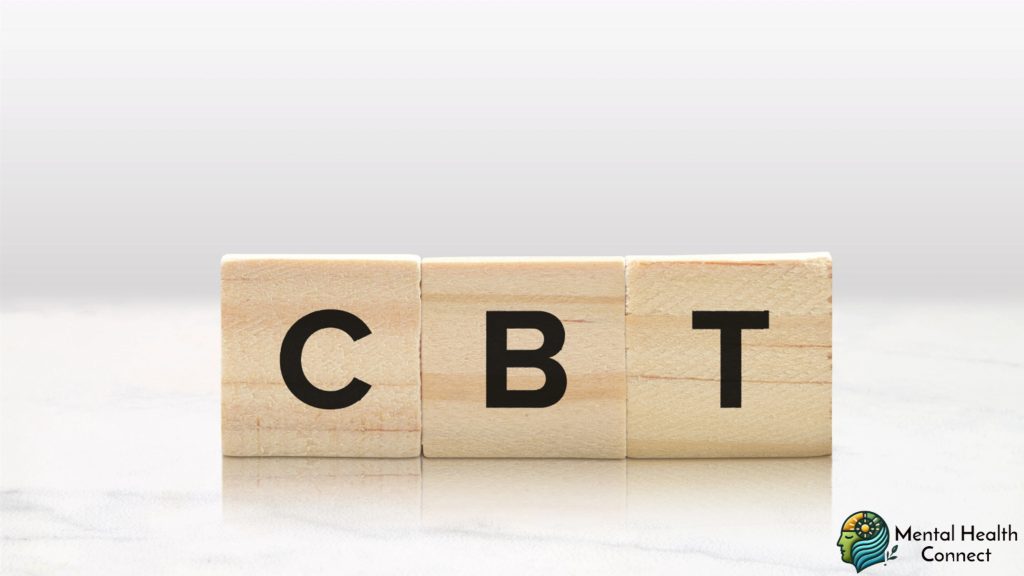Paranoid Personality Disorder: Understanding the Condition, Symptoms, and Treatment Options

Introduction: What Is Paranoid Personality Disorder?
Paranoid Personality Disorder (PPD) is a long-term mental health condition marked by deep-seated distrust and heightened suspicion of others’ motives. People with paranoid personality disorder often believe that others are trying to harm, deceive, or exploit them, even when there’s no evidence to support these beliefs. This persistent pattern of mistrust significantly affects how they interact with the world around them and can severely affect their personal relationships, work life, and overall wellbeing. Understanding the nuances of paranoid personality disorder is crucial for early intervention and effective management of this challenging condition.
Understanding the Mind of Someone with Paranoid Personality Disorder

The Roots of Suspicion
People with paranoid personality disorder view the world through a lens of suspicion. Even neutral or friendly actions from others might be interpreted as threatening or malicious. This isn’t occasional scepticism it’s a persistent pattern of thinking that colours nearly all interactions.
The mind of someone with PPD is constantly scanning for potential threats, betrayals, or hidden meanings in conversations and situations. This hypervigilance is exhausting for the individual and perplexing for those around them.
Daily Challenges
Living with paranoid personality disorder presents unique challenges that affect everyday functioning:
- Social isolation: As relationships become strained by suspicion, people with PPD often withdraw from social interactions
- Workplace difficulties: Collaborating with colleagues becomes challenging when motives are constantly questioned
- Strained family relationships: Even close family members may be suspected of betrayal or ill intent
- Heightened stress levels: The constant state of alert takes a significant toll on mental and physical health
Paranoid Personality Disorder Symptoms List
Recognizing paranoid personality disorder begins with understanding its key symptoms. These manifestations typically appear by early adulthood and persist throughout life without proper intervention.
Primary Symptoms
- Persistent, unwarranted suspicion that others are exploiting, harming, or deceiving them
- Preoccupation with unjustified doubts about the loyalty or trustworthiness of friends and associates
- Reluctance to confide in others due to unwarranted fear that information will be used against them
- Interpreting harmless comments or situations as having secret demeaning or threatening implications.
- Holding onto resentment and refusing to forgive perceived insults or offenses.
- Perceiving attacks on their character or reputation that aren’t apparent to others and responding with anger or counterattacks
- Recurrent suspicions, without justification, about the fidelity of a spouse or partner
Behavioural Indicators
Beyond the primary symptoms, several behavioural patterns may suggest the presence of paranoid personality disorder:
- Defensive and hostile reaction to perceived criticism
- Difficulty working collaboratively with others
- Tendency to collect “evidence” to support paranoid beliefs
- Argumentative and rigid thinking patterns
- Controlling behaviours in relationships
- Difficulty accepting responsibility for own actions
- Excessive concern with hidden motives and special meanings
How Paranoid Personality Disorder Differs from Other Conditions
Understanding how paranoid personality disorder differs from other mental health conditions is important for proper diagnosis and treatment.
PPD vs. Paranoid Schizophrenia

While both conditions involve paranoia, there are crucial differences:
- People with PPD don’t typically experience hallucinations or delusions
- PPD involves persistent personality traits rather than episodes of psychosis
- Cognitive function generally remains intact with PPD
PPD vs. Social Anxiety Disorder
Though both may lead to social withdrawal:
- Social anxiety stems from fear of embarrassment or judgment
- PPD withdrawal results from suspicion and mistrust
- Social anxiety sufferers typically don’t attribute malicious intent to others
How to Deal with a Paranoid Person
Interacting with someone who has paranoid personality disorder requires patience, consistency, and understanding. Whether you’re a family member, friend, or colleague, these strategies may help:
Communication Strategies

- Be transparent: Clear communication without hidden meanings helps build trust
- Avoid defensiveness: Responding defensively can reinforce paranoid thoughts
- Maintain consistency: Predictable behaviour and following through on promises are essential
- Respect boundaries: Don’t push for trust before it’s earned
- Stay calm: Emotional responses may be interpreted as confirmation of suspicious beliefs
Setting Healthy Boundaries
While supporting someone with PPD, it’s equally important to establish boundaries:
- Clearly communicate what behaviours you find unacceptable
- Don’t engage with or validate delusional thinking
- Take breaks when interactions become too intense
- Seek support for yourself when needed
How to Help Someone with Paranoid Personality Disorder

Supporting a loved one with PPD can be challenging, but your help can make a significant difference in their journey toward management and recovery.
Encouraging Treatment
- Express concerns with compassion rather than accusation
- Focus on how treatment might improve their quality of life
- Offer to help research treatment options or go with them to initial appointments
- Be patient accepting the need for help often takes time
Supporting Their Journey
- Learn about the condition to better understand their experience
- Celebrate small steps toward trust and openness
- Encourage participation in treatment plans
- Help create a stress-reduced environment when possible
Treatment Approaches for Paranoid Personality Disorder

While treating PPD presents unique challenges, several approaches have shown promise in helping individuals manage symptoms and improve quality of life.
Psychotherapy Options
- Cognitive Behavioural Therapy (CBT): Helps find and challenge paranoid thought patterns
- Schema Therapy: Addresses early maladaptive schemas that may contribute to paranoid thinking
- Psychodynamic Therapy: Explores unconscious processes and early life experiences that might influence current behaviour
Medication Considerations
Medications aren’t typically the primary treatment for PPD but may be prescribed to address specific symptoms:
- Anti-anxiety medications for severe anxiety
- Antipsychotics for more severe paranoid thinking
- Antidepressants if depression co-occurs with PPD
Treatment Challenges
The nature of paranoid personality disorder creates unique obstacles to effective treatment:
- Mistrust may extend to healthcare providers
- Difficulty setting up therapeutic alliance
- Resistance to medication due to suspicion about side effects
- Inconsistent attendance at therapy sessions
Living with Paranoid Personality Disorder: Self-Management Strategies

For those diagnosed with PPD, several self-help strategies can complement professional treatment:
- Stress management techniques: Meditation, deep breathing, and physical exercise
- Reality testing: Developing habits of checking evidence for paranoid thoughts
- Social skills practice: Gradually building comfort in social situations
- Journaling: Tracking thought patterns and finding triggers
- Education: Learning about the condition to recognize symptom patterns
Frequently Asked Questions About Paranoid Personality Disorder
Can paranoid personality disorder be cured?
While there’s no “cure” for paranoid personality disorder, many people learn to manage their symptoms effectively with proper treatment. The goal is typically symptom reduction and improved functional ability rather than complete elimination of paranoid tendencies.
Is paranoid personality disorder hereditary?
Research suggests a complex interplay between genetic and environmental factors in the development of PPD. Those with family members who have PPD, or other cluster A personality disorders may have an increased risk, but having a genetic predisposition doesn’t guarantee developing the condition.
At what age does paranoid personality disorder typically develop?
The patterns of thinking and behaviour associated with paranoid personality disorder usually become noticeable by early adulthood, though the foundations may be laid in childhood or adolescence. Unlike some mental health conditions, PPD rarely appears suddenly in later life.
How common is paranoid personality disorder?
Paranoid personality disorder is relatively uncommon, affecting approximately 2-4% of the general population. It appears to be slightly more common in men than women and may be more prevalent among family members of individuals with schizophrenia.
Can someone with paranoid personality disorder keep relationships?
Though challenging, people with PPD can keep relationships, especially with treatment. Successful relationships often depend on clear communication, set up boundaries, and mutual understanding. Partners and family members may receive help from education about the condition and support from mental health professionals.
Paranoid personality disorder presents significant challenges for those affected and their loved ones, but understanding the condition is the first step toward effective management. With proper professional help, supportive relationships, and self-management strategies, many people with paranoid personality disorder can experience meaningful improvement in their symptoms and quality of life. If you recognize the signs of paranoid personality disorder in yourself or someone you care about, remember that help is available, and recovery is possible with the right support and treatment approach.
-
 How to Support Someone with OCDApril 17, 2025
How to Support Someone with OCDApril 17, 2025 -


Leave a Reply